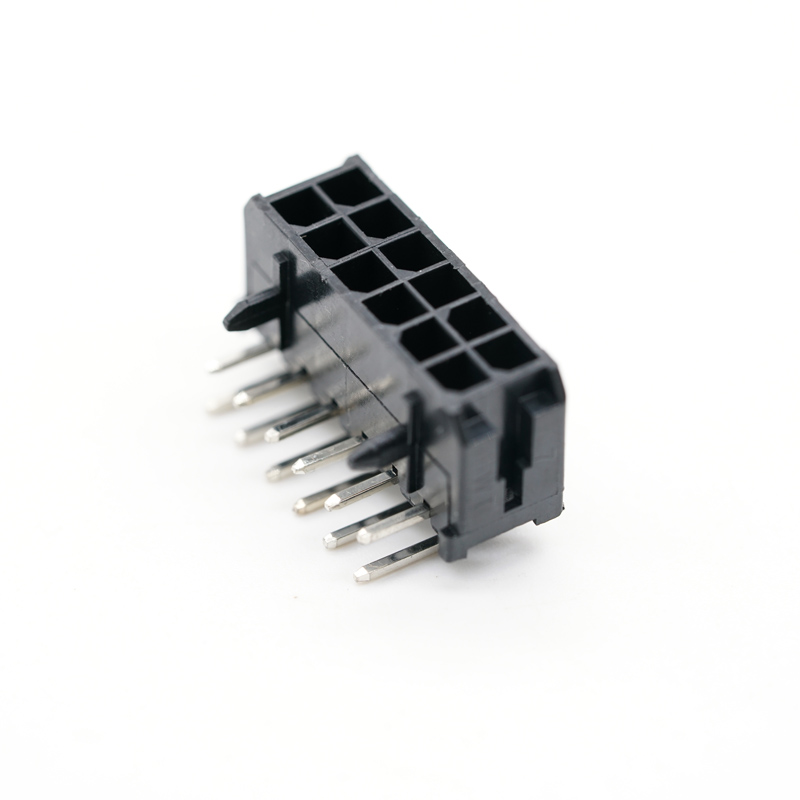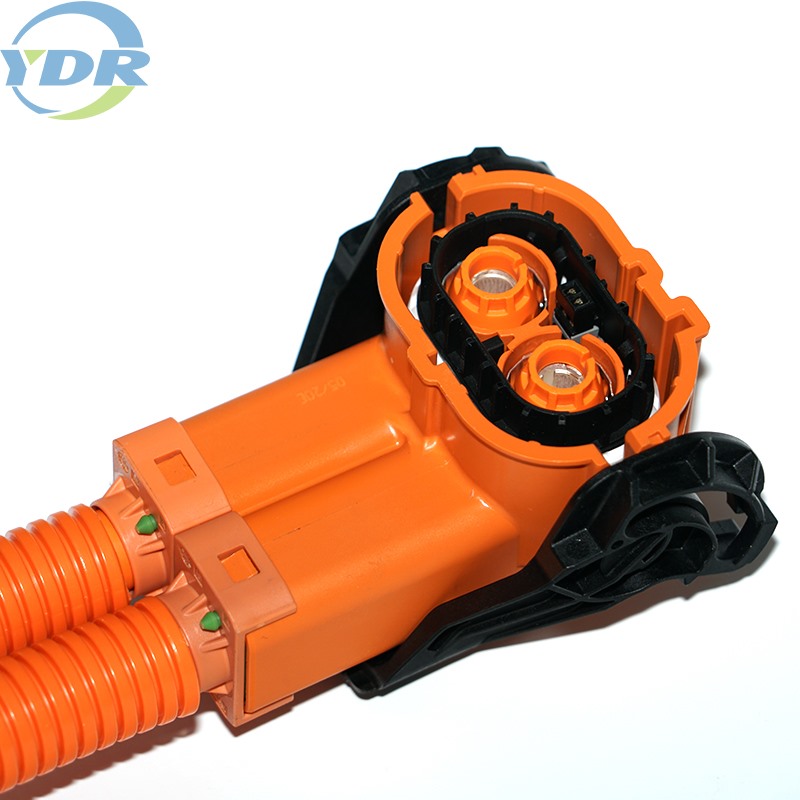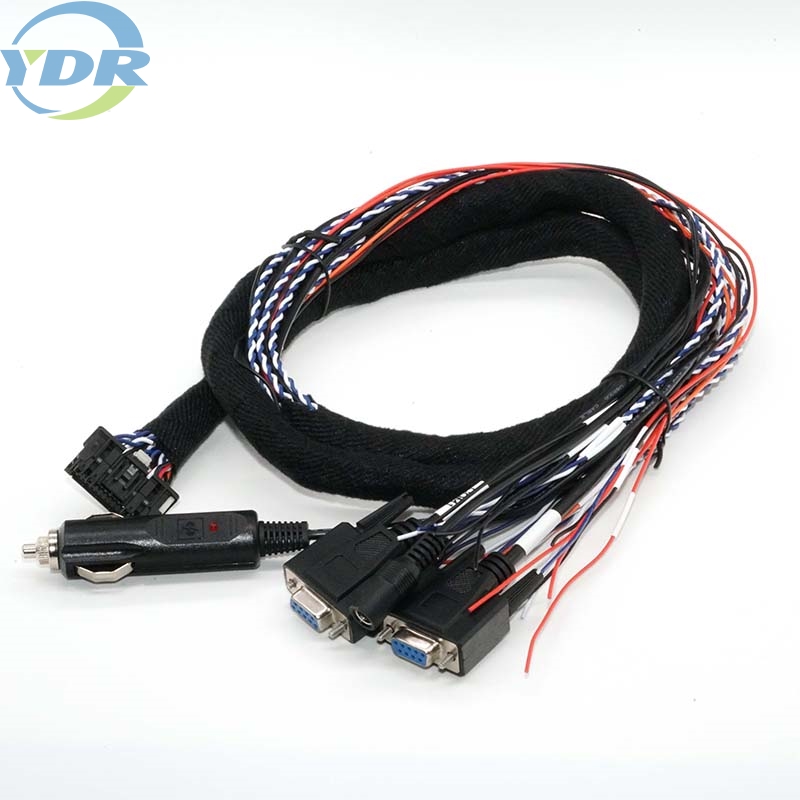Connector inspection
The basic structure of the connector
Connectors are parts of electronic equipment that connect circuits to transmit current and are irreplaceable. The basic structure of the
connector can be divided into four parts: contact, insulator, shell, and accessories.
Contact: It is composed of a male contact and a female contact, and the electrical connection is completed through the insertion of the male and female contacts. The contact is the core part of the
connector, which mainly plays the role of electrical connection.
Insulator: It can arrange the contact pieces according to the required position and spacing, and ensure the insulation performance between the contact pieces and between the shell and the contact pieces. Insulators are also called pedestals and mounting plates, which require insulating materials to have good insulation resistance, withstand voltage performance, and ease of processing.
Shell: As the outer cover of the connector, it mainly provides mechanical protection for the built-in insulating mounting board and pins.
Accessories: There are two kinds of structural accessories and installation accessories. Structural accessories, clamp rings, connecting rings, cable clamps, positioning pins, guide pins, sealing rings, gaskets, etc.; installation accessories-screws, nuts, screws, spring rings, etc.
With the development of society and technological progress, connectors are playing an increasingly important role in various fields. In order to ensure their safety, durability and other performance, it is essential to test connectors. Generally speaking, the testing standards for connectors mainly include insertion and removal force, insulation resistance, durability, withstand voltage, contact resistance, vibration, and mechanical shock. The details are as follows:
1. Connector insertion force test.
2. Connector insulation resistance test
3. Connector durability test.
4. Connector withstand voltage test.
5. Connector contact resistance test.
6. Connector vibration test.
7. Connector mechanical shock test.
Connector product inspection
Connector product inspection requirements mainly cover appearance, quality and performance.
1. Structure size: There are certain requirements for the shape and size of the shape, and the connection of the connector has space restrictions. For example, the single-board connector cannot contact other parts, so the inspection of the structure size is the most important.
2. Reliability: The reliability of the connecting parts is related to the signal connection strength of the connector, and the reliability is a necessary inspection item for the performance inspection of the connector.
3. Shielding: The shielding effect of the connector has also been paid more and more attention. The shielding effect can be achieved by connecting the metal shell of the connector with the shielding layer, or wrapping the plug part of the connector with copper, and the shielding layer of the cable The copper sheets are welded together to act as a shield.
4. Versatility: When choosing connectors, try to choose general objects, which can reduce supply risks and costs, and reduce material types.
5. Durability: The durability of the connector is reflected in its ability to adapt to complex environments. Common inspection indicators include high temperature resistance, low temperature resistance, salt spray resistance, and corrosion resistance.
6. Impedance matching: The RF signal of the connector has high requirements for impedance matching. Impedance mismatch will cause signal reflection and affect signal transmission.

 English
English  Español
Español  Português
Português  русский
русский  Français
Français  日本語
日本語  Deutsch
Deutsch  tiếng Việt
tiếng Việt  Italiano
Italiano  Nederlands
Nederlands  ภาษาไทย
ภาษาไทย  Polski
Polski  한국어
한국어  Svenska
Svenska  magyar
magyar  Malay
Malay  বাংলা ভাষার
বাংলা ভাষার  Dansk
Dansk  Suomi
Suomi  हिन्दी
हिन्दी  Pilipino
Pilipino  Türkçe
Türkçe  Gaeilge
Gaeilge  العربية
العربية  Indonesia
Indonesia  Norsk
Norsk  تمل
تمل  český
český  ελληνικά
ελληνικά  український
український  Javanese
Javanese  فارسی
فارسی  தமிழ்
தமிழ்  తెలుగు
తెలుగు  नेपाली
नेपाली  Burmese
Burmese  български
български  ລາວ
ລາວ  Latine
Latine  Қазақша
Қазақша  Euskal
Euskal  Azərbaycan
Azərbaycan  Slovenský jazyk
Slovenský jazyk  Македонски
Македонски  Lietuvos
Lietuvos  Eesti Keel
Eesti Keel  Română
Română  Slovenski
Slovenski  मराठी
मराठी  Srpski језик
Srpski језик 





